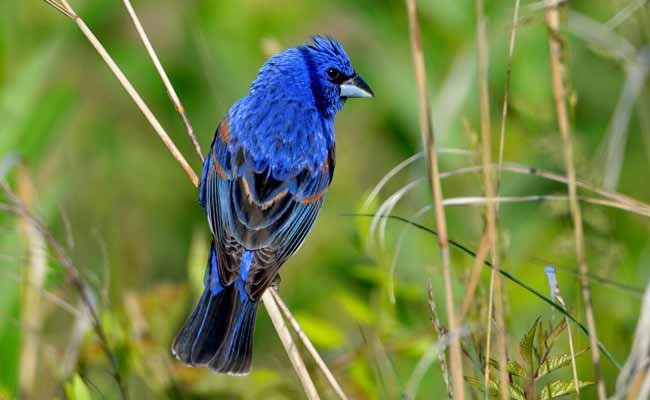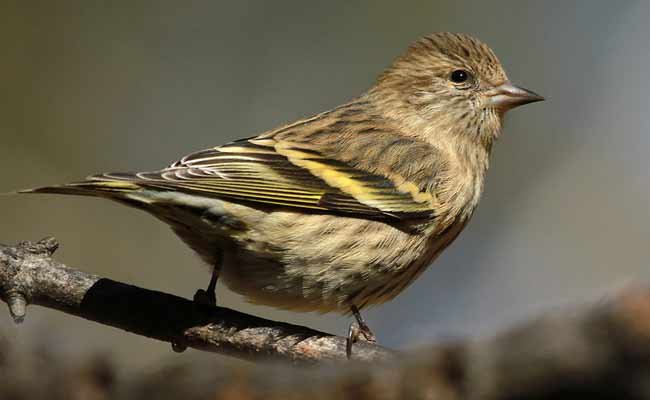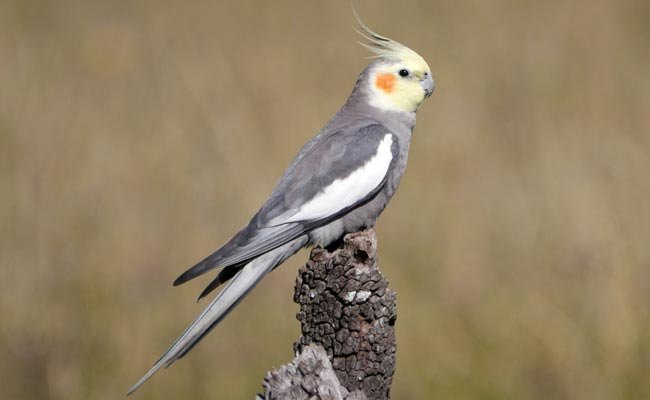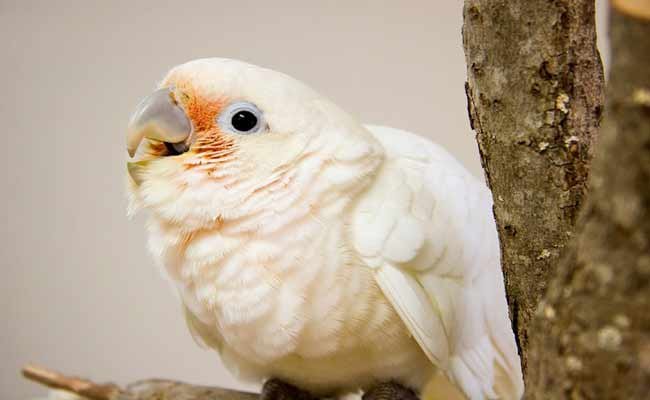
Goffin Cockatoo Behavior, Pet Care, Diet, And Personality
February 27, 2021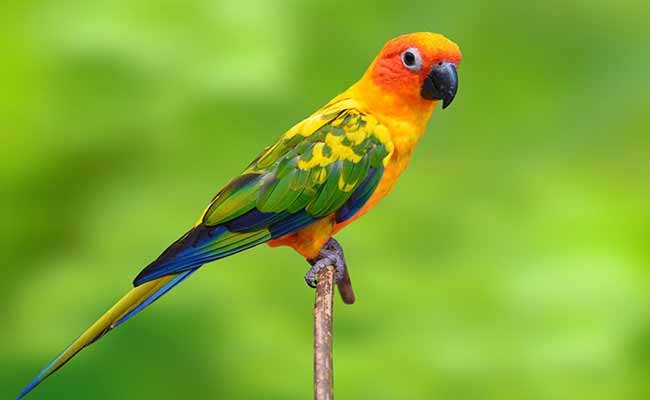
Sun Conure Care, Behavior, Diet, And Personality
March 1, 2021All About Long Tailed Tit Bird. Hey friends, how are you all? Today we will talk about the Long Tailed Tit habits, diet, nesting, breeding, and much more. This beautiful little Common bird is very charming and looks like a cotton ball with a long handle. Beauce of their fluffy appearance it’s very popular among bird watchers. Although this bird is not so much colorful as painted bunting. So friends, without wasting time, let’s get started with today’s topic.
Amazing Info About Long Tailed Tit Bird-Aegithalos Caudatus
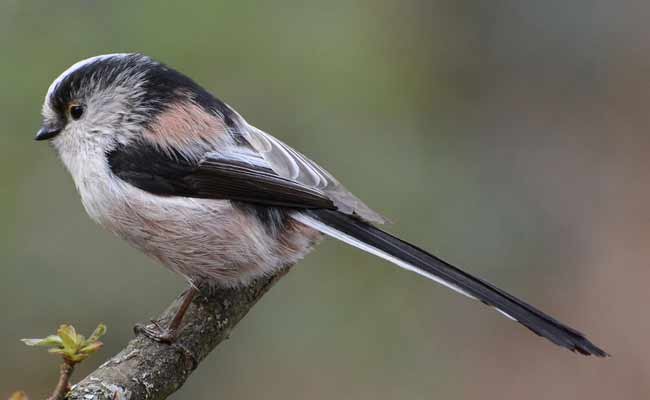
General Information.
Common Name: Long-tailed bushtit, British long-tailed tit
Scientific Name: Aegithalos caudatus
Weight: 7 To 10 grams
Size: 14cm
Wingspan: 16 To 19cm
Lifespan: 2 To 3 years
Family: Aegithalidae
Habitats.
This beautiful bird is found throughout Europe and the Palearctic. The Long Tailed Tit habitats in woodland, scrubland, farmland hedgerows, Bushes, hedges, parkland, and gardens. In the winter season, they forge in flocks with other tit species. The other species of this bird is found in Hokkaido, Japan. Long tailed Japanese Tit or Shima enaga is the second smallest bird in japan, and the smallest bird in japan is the Wrens.
Diet And How To Attract Them In Gardens.
In the wild, Mainly Long Tailed Tit Food is small insects, larvae, tiny spiders, especially caterpillars, and seeds in the winter season. They move here and there in the scrubs and trees to find insects. This is a wild and common bird; therefore, you can see them around the year. So if you want to attract this beautiful and charming bird To your garden, then offer them food. You can offer them Small seeds, finely grated cheese, bread crumbs, peanut fragments, suet pellets, suet blocks, and suet balls. Provide them energy-rich food so they can survive in the winter season.
Nesting Behaviors And Breeding.
The Long tailed Tit nests are one of a kind. They make their nests with moss, lichen, animal wool, hair, fur, and silk from spiders’ webs. They lined feathers very beautifully; as a result, their nest is warm and looks like an elastic ball with a tiny entrance. They complete their nest for up to 3 weeks. After completing the nest, long tailed tit female lays 8 To 12 eggs even sometimes the female lays up 15 eggs. These eggs are too many, even for any bird. Long-tailed tits are susceptible to harsh winter weather and kill many individuals. However, their large brood size means that they recover their populations quickly. Because of their social behavior, other long-tailed tit birds help the parents to raise their chicks. Long tailed tit eggs are white with pink-red spots. like the Society finch, Both parents incubate the eggs for 14 to 18 days. After hatching eggs, both parents and sometimes other fellows feed the chicks.
Clutch Size: 8 To 12 Eggs
Eggs Color: white with pink-red spots
Incubation Period: 14 To 18 Days
Breeding Season: February and March
Nesting Period: 18 To 20 days
Colors And Markings.
Long-tailed Tit ( Aegithalos caudatus) are tiny, black and white birds. They have spherical bodies and a beautiful oversized tail. Their tails are longer than their bodies. They have pinkish, black, and white plumage and pinkish markings on the breast and eye rings. Their beak is small, thin, and black. Both males and females look alike. But there is Some plumage variation according to their locality; northern European adults have whiteheads without black eyebrows and white underparts. On the other hand, in southern Europe, adults are darker. Juveniles have brown heads sides and become like adults by the winter season.
Facts.
- The other species of this bird is found in Japan, and their Japanese name is Enga and also know and Japanese long tailed Tit,
- Long tailed tits are the second smallest bird in japan.
- Their tail is longer than their whole body.
- The females can lay up to 15 eggs.
- Their nest looks like an elastic ball.
- These beautiful birds are social; therefore, sometimes other fellow birds help parents to raise chicks.
Final Words.
So, friends, we hope that you enjoy our article About Long Tailed Tit Bird. Please give us your feedback in the comments.

